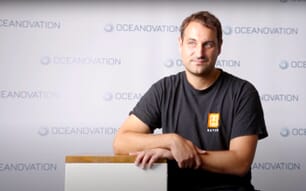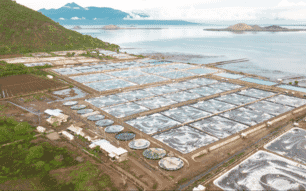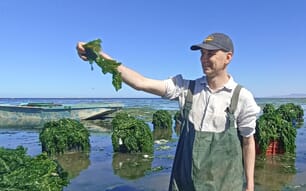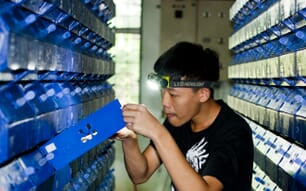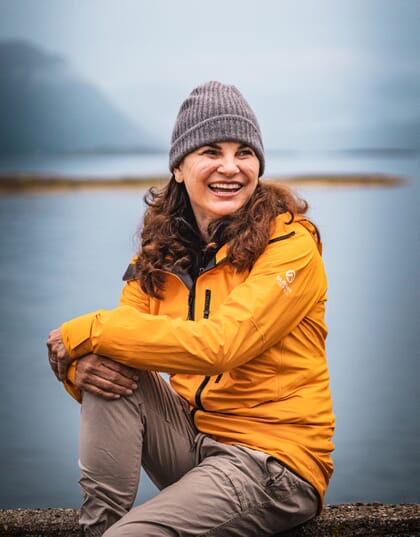
According to the committed aquaculture advocate, “it is only through sitting at the same table and honestly facing these issues head on that the future will be a stable one”.
Reasons to be cheerful
As a committed advocate for sustainable aquaculture, Bushman has spent nearly two decades working to improve the image of sustainably farmed seafood and believes that the work in this field, from a range of proponents, is finally beginning to pay off – in terms of how aquaculture is perceived by both food retailers and NGOs.
“The market is more engaged and more people are looking specifically at responsible aquaculture as scalable solution. We can align protection with production from our waters in service to our food system. The NGO community has traditionally been at odds with the industry but now we’re starting to see more NGOs recognise the value of blue foods: at COP28 there were blue foods represented like no time before, Climate Week had more content around ocean and blue food production than any other year. There were so many events around the ocean and foods from water systems. Five years ago we didn’t have that seat at the table and now that narrative is changing. There are still a lot of issues but we’re starting to earn a seat at the table when future food system planning is discussed,” she reflects.
Bushman is also a mentor in the Hatch accelerator and innovation studio programmes. And she’s been impressed by the number and calibre of emerging aquaculture innovators that she’s encountered in the course of the year, while she also points to the increasing involvement of large corporations from outside the traditional aquaculture space.
“It’s been really exciting to see so much energy, not just from new entrepreneurs who are looking at the space specifically and developing specific technology, but I think more importantly looking at larger corporations – whether it’s the IBMs or the Wellesleys [an Irish genetics specialist] of the world – who are looking at how their technologies can be applied to aquaculture,” she explains.
“We’re seeing investment and momentum from companies with solid foundations that don’t have to begin from scratch,” she adds.
Specific startups that have interested Bushman include Aquanzo, which aims to develop RAS farms for Artemia that can be used as an alternative to wild crustaceans, such as krill, in aquafeeds.
“They’re looking at growing a species that’s exceedingly nutritious but is raised rather than wild-caught,” she notes.
And she has also been excited by improvements in RAS technologies relating to improved filtration methods, which will have a significant impact on the taste of RAS-raised fish.
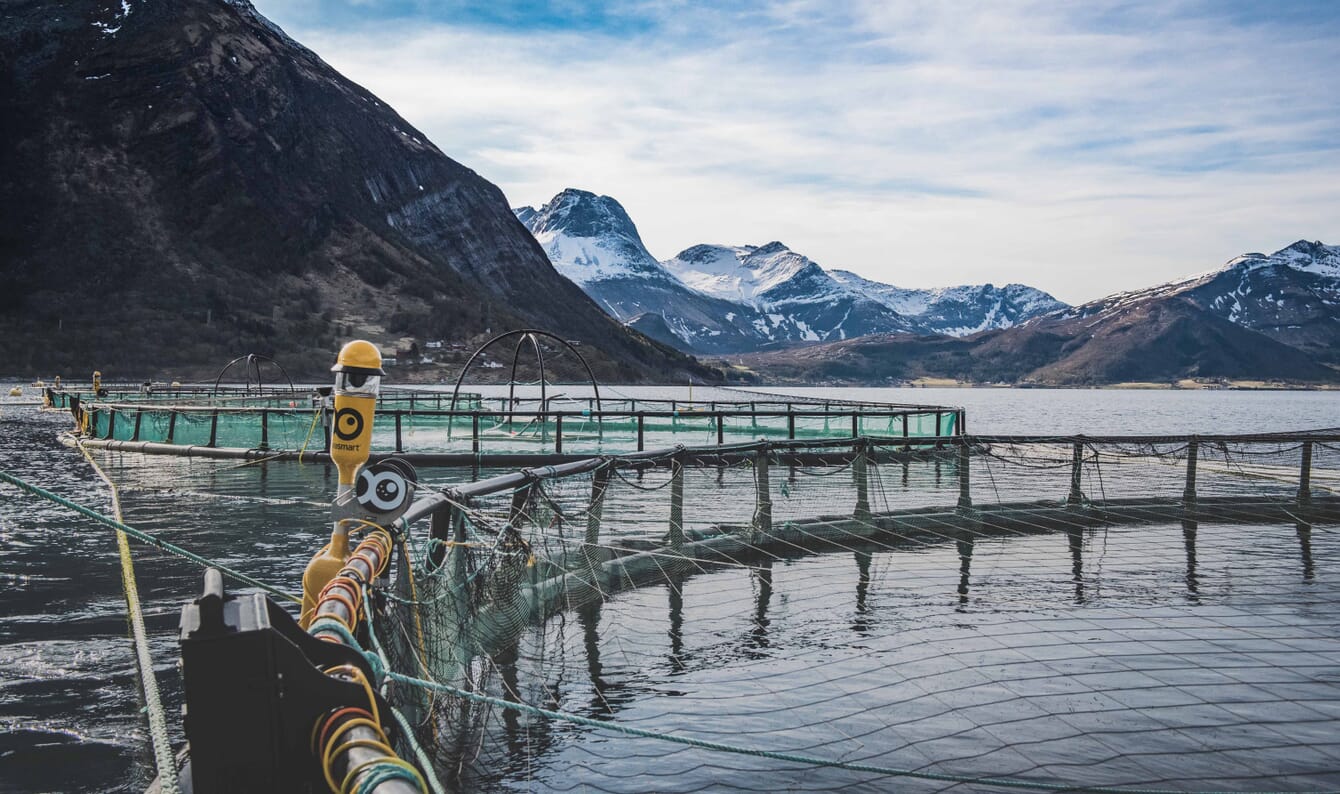
Despite its commercial success, Bushman believes the salmon sector is in a vulnerable position due to widespread negative opinion about open net pen farms © Janita Zentano
Concerns
Bushman believes that, despite its commercial success, the salmon sector is in a particularly vulnerable position, due to widespread negative public – and political – opinion about open net pen farms.
“There were headlines in 2023 against open ocean net pen aquaculture in major media – from Time magazine to the New York Times, even down to Bjork’s ant-salmon aquaculture song that made Rolling Stone magazine. We need to look within with honesty and face these challenges,” she points out.
“Almost all the salmon farming countries in the world are looking to take out or reduce the number of open ocean net pen salmon farms – for a variety of factors. The industry needs to come together and collectively improve its performance and build trust,” she urges.
Bushman has a vested interest in the salmon sector, as chief marketing officer of Kvarøy Arctic, which is regularly cited as one of Norway’s most progressive producers. And to ensure its long-term future Bushman suggests working “hand in hand with NGOs” to address the gravest issues and offer a mutually acceptable alternative to an insistence on moving to 100 percent land-based salmon production.
“I hope the change will come from organisations that are not industry-led and paid for. It might need to be NGOs like The Nature Conservancy or the Environmental Defense Fund. We need to gain trust and instill belief in the certifications and recommendations and that we’re starting to form partnerships that make a difference,” she adds.
Prospects for 2024
Bushman expects a tough year for seafood sales, thanks to the difficult conditions in the global economy and the stiff competition from terrestrial livestock.
“We need to come up with innovative ways for restaurant groups and retailers to bring affordable responsibly sourced seafood to customers and grow its share of the plate. We see chicken and beef and pork producers offering products for low prices and we face a lot of headwind,” she observes.
“In Covid we gained a lot of that share, but we’ve started to lose ground again. We need good affordable solutions to broaden our access. Seafood is still looked at as a luxury or special occasion ingredient so when times are tough it goes out the window. We need instead to show it as something that’s necessary every day,” she adds.
Bushman points to the Google Food Lab, which has recently included seafood in its “food as medicine” pillar, and she suggests that the industry works more closely with organisations such as the Seafood Nutrition Partnership and the American Heart Association to ensure seafood is more accessible, for example by bringing it into school lunch programmes.
She also suggests greater innovation in processing, including of aquaculture byproducts, to increase the breadth of income streams available to producers. Meanwhile she hopes that the rise of the seaweed sector could help to uplift the whole aquaculture industry’s reputation.
“In the end, we are all working towards the same goal – to increase consumption of one of the most nutritious foods on the planet. A food that is climate change resilient and, like in the case of seaweed, has environmental positivity around it,” she concludes.

